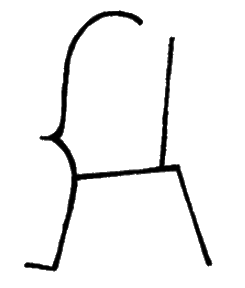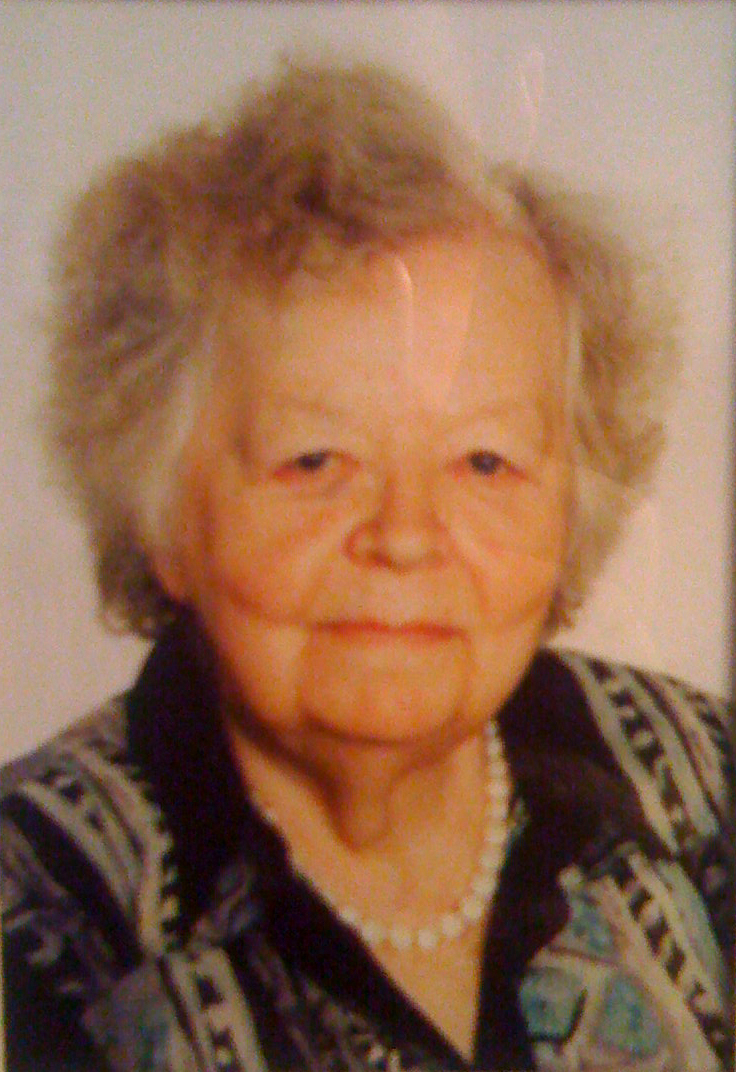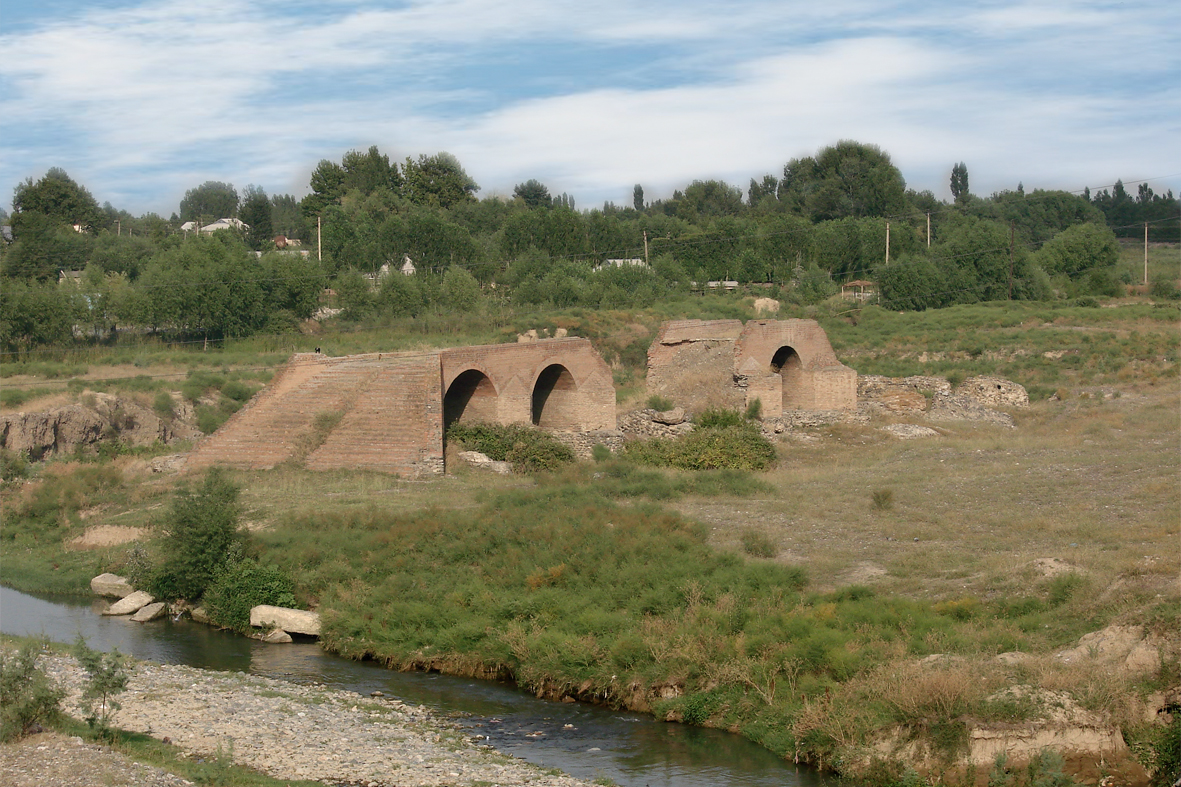|
Böri Shad
Böri Shad (fl. c. 627) ( otk, 𐰋𐰇𐰼𐰃𐱁𐰑, böri šad, , "Wolf governor") was a Turkic prince or general who fought the Persians south of the Caucasus during the Third Perso-Turkic War. In this war the Western Turkic Khaganate was allied with Byzantium against Persia during the last great Byzantine-Persian war before the Arab conquests. He was an appointed head of a provincial principality in the far western North Caucasus periphery of the Western Turkic Khaganate. A succession of princes, or shads, occupied that position. The principality of ''Böri Shad'' originated in 558 CE, when Kara-Churin (later named Tardu or Tardush), a brother of the ruling kagan, campaigned in Ural and Volga regions, but the lands he captured were given to his junior brother Turksanf and his cousin Buri-khan. From 576 through 583 CE, Tardu fought with the Byzantines, but, instead of himself, he appointed as head of the campaign his cousin Böri Shad, whose possessions were in the North ... [...More Info...] [...Related Items...] OR: [Wikipedia] [Google] [Baidu] |
Ashina Tribe
The Ashina (; Middle Chinese: (Guangyun) ), were a Turkic speaking tribe and the ruling dynasty of the Göktürks. This clan rose to prominence in the mid-6th century when the leader, Bumin Qaghan, revolted against the Rouran Khaganate. The two main branches of the family, one descended from Bumin and the other from his brother Istämi, ruled over the eastern and western parts of the Göktürks, Göktürk confederation, respectively. Origin Primary Chinese sources ascribed different origins to the Ashina tribe. Ashina were first attested to 439, as reported by the ''Book of Sui'': on the 18th day of the 10th month, the Tuoba ruler Emperor Taiwu of Northern Wei overthrew Juqu Mujian of the Northern Liang in eastern Gansu,Wei Zheng et al., ''Book of Sui'', :zh:t:隋書/卷84, Vol. 84. and 500 Ashina families fled northwest to the Rouran Khaganate near Gaochang. According to the ''Book of Zhou'', ''History of the Northern Dynasties'', and New Book of Tang, the Ashina clan was a co ... [...More Info...] [...Related Items...] OR: [Wikipedia] [Google] [Baidu] |
Caucasus
The Caucasus () or Caucasia (), is a region between the Black Sea and the Caspian Sea, mainly comprising Armenia, Azerbaijan, Georgia, and parts of Southern Russia. The Caucasus Mountains, including the Greater Caucasus range, have historically been considered as a natural barrier between Eastern Europe and Western Asia. Mount Elbrus in Russia, Europe's highest mountain, is situated in the Western Caucasus. On the southern side, the Lesser Caucasus includes the Javakheti Plateau and the Armenian highlands, part of which is in Turkey. The Caucasus is divided into the North Caucasus and South Caucasus, although the Western Caucasus also exists as a distinct geographic space within the North Caucasus. The Greater Caucasus mountain range in the north is mostly shared by Russia and Georgia as well as the northernmost parts of Azerbaijan. The Lesser Caucasus mountain range in the south is occupied by several independent states, mostly by Armenia, Azerbaijan, and Georgia, but also ... [...More Info...] [...Related Items...] OR: [Wikipedia] [Google] [Baidu] |
Svetlana Pletneva
Svetlana Alexandrovna Pletneva (also spelled Pletnyeva and Pletnyova russian: Светлана Александровна Плетнева) (April 1, 1926 in Vyatka- 20 November 2008 in Moscow) was a Russian and Soviet archaeologist and historian. Like Lev Gumilev, she was a student of Mikhail Artamonov, although she discarded many of the former's theories as mere speculations. She won the USSR State Prize in 1986. Pletneva is the author of numerous books on Eurasian nomads, particularly the Khazars. Honours and awards *State Prize of the USSR *Order of the Badge of Honour *Medal "For Labour Valour" *Medal "For Distinguished Labour" The Medal "For Distinguished Labour" (russian: Медаль «За трудовое отличие») was a civilian labour award of the Soviet Union bestowed to especially deserving workers to recognise and honour high performances in labour o ... External linksPletneva's pageon the Institute for Archeology website 1926 births 20 ... [...More Info...] [...Related Items...] OR: [Wikipedia] [Google] [Baidu] |
Gumilev, Lev
Lev Nikolayevich Gumilyov (russian: Лев Никола́евич Гумилёв; 1 October 1912 – 15 June 1992) was a Soviet historian, ethnologist, anthropologist and translator. He had a reputation for his highly unorthodox theories of ethnogenesis and historiosophy. He was an exponent of Eurasianism. Life Gumilyov's parents, two prominent poets Nikolay Gumilyov and Anna Akhmatova, divorced when he was 7 years old and his father was executed by the Cheka when he was just 9. Gumilyov spent much of his youth, from 1938 until 1956, in Soviet labor camps. He was arrested by the NKVD in 1935 and released, but rearrested and sentenced to five years in 1938. Osip Mandelstam's " Stalin Epigram" is said to have played a role in his arrest. After release, he joined the Red Army and took part in the Battle of Berlin of 1945. However, he was arrested again in 1949 and sentenced to ten years in prison camps. Aiming to secure his freedom, Akhmatova published a dithyramb to Joseph ... [...More Info...] [...Related Items...] OR: [Wikipedia] [Google] [Baidu] |
Golden, Peter Benjamin
Peter Benjamin Golden (born 1941) is an American historian who is Professor Emeritus of History, Turkish and Middle Eastern Studies at Rutgers University. He has written many books and articles on Turkic and Central Asian Studies, such as ''An introduction to the history of the Turkic peoples''. Golden grew up in New York and attended Music & Art High School. He graduated from CUNY Queens College in 1963, before obtaining his M.A. and Ph.D. in History from Columbia University in 1968 and 1970, respectively. Golden also studied at the Dil ve Tarih – Coğrafya Fakültesi (School of Language and History – Geography) in Ankara (1967–1968). He taught at Rutgers University from 1969 until his retirement in 2012. He was Director of the Middle Eastern Studies Program (2008–2011) at Rutgers. He is an honorary member of the Türk Dil Kurumu and Kőrösi Csoma Society of Hungarian Orientalists and was a member of the School of Historical Studies at the Institute for Advanced Stud ... [...More Info...] [...Related Items...] OR: [Wikipedia] [Google] [Baidu] |
David Christian (historian)
David Gilbert Christian (born June 30, 1946), a historian and scholar of Russian history, has become notable for teaching and promoting the emerging discipline of Big History. In 1989 he began teaching the first course on the topic, examining history from the Big Bang to the present using a multidisciplinary approach with the assistance of scholars in diverse specializations from the sciences, social sciences, and humanities. Big History frames human history in terms of cosmic, geological, and biological history. Christian is credited with coining the term ''Big History'' and he serves as president of the ''International Big History Association''. Christian's best-selling ''Teaching Company'' course entitled ''Big History'' caught the attention of philanthropist Bill Gates, who is funding Christian's efforts to develop a program to bring the course to secondary-school students worldwide. Early life Christian was born in Brooklyn, New York, to British and American parents. He gr ... [...More Info...] [...Related Items...] OR: [Wikipedia] [Google] [Baidu] |
Artamonov, Mikhail
Mikhail Illarionovich Artamonov (russian: Михаил Илларионович Артамонов; in the village of Vygolovo, Tver Governorate, now Molokovsky District, Tver Oblast - July 31, 1972 in Leningrad ) was a and historian and , who came to be recognized as the founding father of modern |
Armenia
Armenia (), , group=pron officially the Republic of Armenia,, is a landlocked country in the Armenian Highlands of Western Asia.The UNbr>classification of world regions places Armenia in Western Asia; the CIA World Factbook , , and ''Oxford Reference Online'' also place Armenia in Asia. It is a part of the Caucasus region; and is bordered by Turkey to the west, Georgia to the north, the Lachin corridor (under a Russian peacekeeping force) and Azerbaijan to the east, and Iran and the Azerbaijani exclave of Nakhchivan to the south. Yerevan is the capital, largest city and the financial center. Armenia is a unitary, multi-party, democratic nation-state with an ancient cultural heritage. The first Armenian state of Urartu was established in 860 BC, and by the 6th century BC it was replaced by the Satrapy of Armenia. The Kingdom of Armenia reached its height under Tigranes the Great in the 1st century BC and in the year 301 became the first state in the world to adopt ... [...More Info...] [...Related Items...] OR: [Wikipedia] [Google] [Baidu] |
Chorpan Tarkhan
Chorpan Tarkhan is recorded by Moses of Kalankatuyk as a Khazar general, who conquered Armenia in April 630 CE. He was most likely an officer in the army of the Western Gokturks led by Böri Shad in the wake of Ziebel's (or Tong Yabghu Khagan's) victory in the Third Persian-Turkic War. Chorpan Tarkhan ambushed and killed a 10,000-strong Persian cavalry force sent by Shahrbaraz to contain the invasion. References * Peter B. Golden. ''Khazar Studies: An Historio-Philological Inquiry into the Origins of the Khazars.'' Budapest: Akademia Kiado, 1980. *Lev Gumilev Lev Nikolayevich Gumilyov (russian: Лев Никола́евич Гумилёв; 1 October 1912 – 15 June 1992) was a Soviet historian, ethnologist, anthropologist and translator. He had a reputation for his highly unorthodox theories of e .... ''The Gokturks''. Moscow, 1967. {{Khazaria Khazar generals 630 7th-century military personnel 7th century in Armenia 7th-century Turkic people ... [...More Info...] [...Related Items...] OR: [Wikipedia] [Google] [Baidu] |
Sassanid Empire
The Sasanian () or Sassanid Empire, officially known as the Empire of Iranians (, ) and also referred to by historians as the Neo-Persian Empire, was the last Iranian empire before the early Muslim conquests of the 7th-8th centuries AD. Named after the House of Sasan, it endured for over four centuries, from 224 to 651 AD, making it the longest-lived Persian imperial dynasty. The Sasanian Empire succeeded the Parthian Empire, and re-established the Persians as a major power in late antiquity alongside its neighbouring arch-rival, the Roman Empire (after 395 the Byzantine Empire).Norman A. Stillman ''The Jews of Arab Lands'' pp 22 Jewish Publication Society, 1979 International Congress of Byzantine Studies ''Proceedings of the 21st International Congress of Byzantine Studies, London, 21–26 August 2006, Volumes 1–3'' pp 29. Ashgate Pub Co, 2006 The empire was founded by Ardashir I, an Iranian ruler who rose to power as Parthia weakened from internal strife and wars with th ... [...More Info...] [...Related Items...] OR: [Wikipedia] [Google] [Baidu] |
Partav
Barda ( az, Bərdə ) is a city and the capital of the Barda District in Azerbaijan, located south of Yevlax and on the left bank of the Tartar river. It served as the capital of Caucasian Albania by the end of the 5th-century. Barda became the chief city of the Islamic province of Arran, the classical Caucasian Albania, remaining so until the tenth century. Etymology The name of the town derives from () which derives from Old Armenian ''Partaw'' ( Պարտաւ). The etymology of the name is uncertain. According to the Iranologist Anahit Perikhanian, the name is derived from Iranian *''pari-tāva-'' 'rampart', from *''pari-'' 'around' and *tā̆v- 'to throw; to heap up'. According to the Russian-Dagestani historian Murtazali Gadjiev, however, the name means "Parthian/Arsacian" (cf. Parthian ''*Parθaυ''; Middle Persian: ''Pahlav''; Old Persian: ''Parθaυa-''). The name is attested in Georgian as ''Bardav '. History Ancient According to ''The History of the Country of Albania'' ... [...More Info...] [...Related Items...] OR: [Wikipedia] [Google] [Baidu] |
Artsakh (historic Province)
Artsakh ( hy, Արցախ, Artsʻakh, ) was the tenth province (''nahang'') of the Kingdom of Armenia from c. 189 BC until 387 AD, when it was made part of Caucasian Albania, a subject principality of the Sasanian Empire, following the Peace of Acilisene. From the 7th to 9th centuries, it fell under Arab control. In 821, it formed the Armenian principality of Khachen and around the year 1000 was proclaimed the Kingdom of Artsakh, one of the last medieval eastern Armenian kingdoms and principalities to maintain its autonomy following the Turkic invasions of the 11th to 14th centuries. Name Cuneiform inscriptions left by Urartian kings mention a land or lands called "Ardakh/Adakh", "Urdekhe/Urtekhini", and "Atakhuni", which some scholars identify with Artsakh. When speaking about Armenia in his ''Geography'', the classical historian Strabo refers to an Armenian region which he calls "Orchistene", which is also believed to be a rendering of the name Artsakh.Strabo. ''Geography'' ... [...More Info...] [...Related Items...] OR: [Wikipedia] [Google] [Baidu] |





